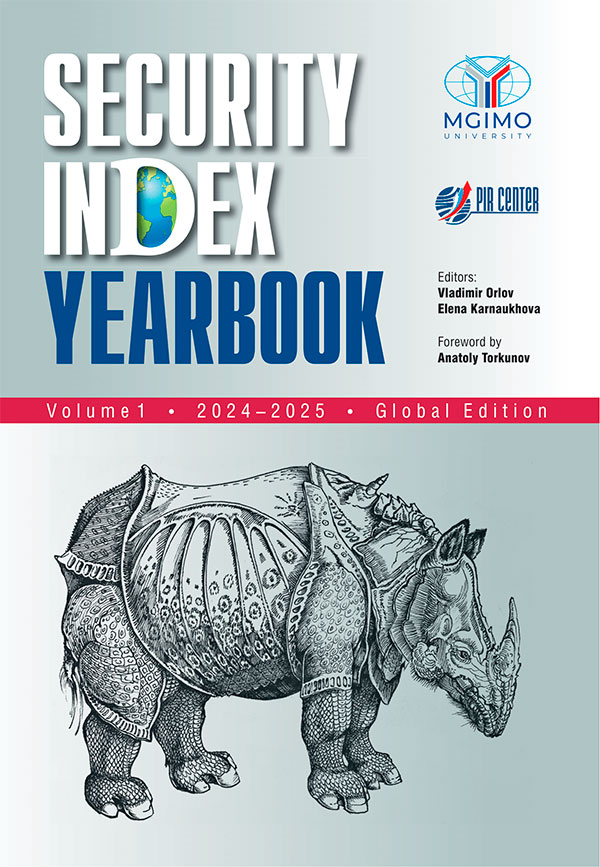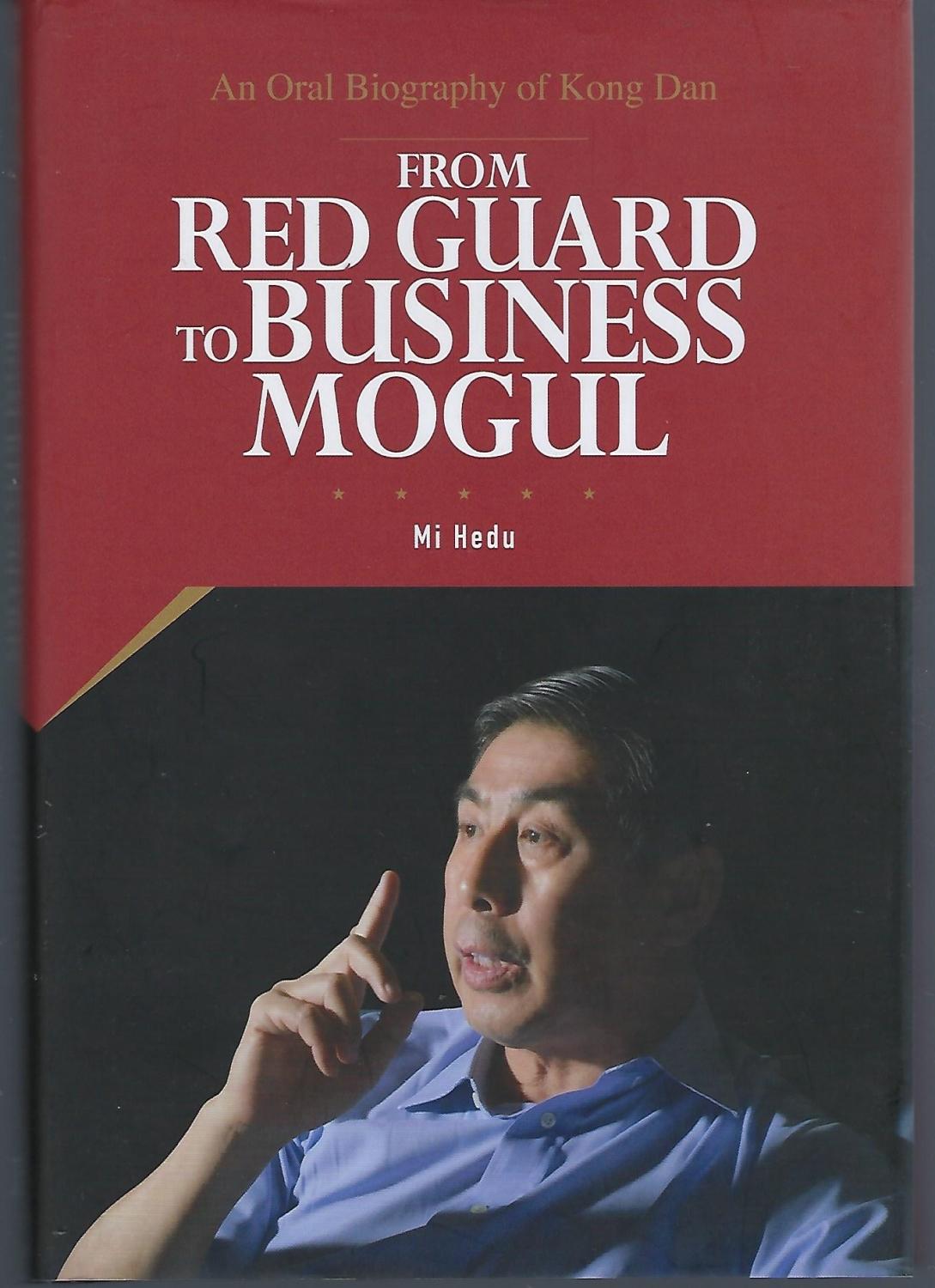... formula did not cut the Gordian knot. After the last Normandy summit in December 2019 Kiev on numerous occasions declared that Minsk 2 was unacceptable and should be revised or cancelled altogether. Under V. Zelenski even P. Poroshenko faced the accusations of treason as one of the signatories of Minsk 2. Zelenski, Danilov, Reznik, Kuleba and others members of the Ukrainian leadership repeatedly expressed their opposition to Minsk 2 in the last months and weeks. Moscow agreed to two more meetings of the political directors of the leaders ...
... to limit NATO enlargement and to withdraw the “old guard’s” troops and arms from Eastern Europe.
Igor Ivanov:
Russia-NATO: On the History of the Current Crisis
While it is tempting to attribute these demands to unrealistic expectations that Moscow ... ... to strike weapons, military exercises near Russia’s borders—Russia will nevertheless be unable to neglect the flat-out refusal it encountered on the issues that were declared vital to its interests.
In the event that Russia receives no sufficient ...
... surpassing the last defense budget of Donald Trump. It is inevitable that the U.S. will press forward to modernize its nuclear triad. Russia to a large extent has already done so. It is a reverse situation in comparison to the Cold War era. This time NATO has an overwhelming superiority in conventional weapons, and Russia with its nuclear doctrine has to rely heavily on nuclear deterrence. Recently the UK has sharply raised the ceiling of its nuclear warheads. A new fundamental shift is occurring—a ...
... it take that step. Moscow vehemently denies any such plans, while maintaining that Kyiv is preparing for an assault on the Donbas separatists in Eastern Ukraine. Russian military maneuvers in Crimea, Western Russia and Belarus unnerve the West, while NATO plans a buildup of forces along its long frontier with Russia stretching from the Baltic Sea to the Black Sea. Meanwhile, a fitful round of diplomacy preserves hope that the crisis can be defused without military conflict — although the leaked ...
... stance, and specific actions are taken within the framework of this position, taking into account the reactions of other actors of world politics.
Recently, in Russian and foreign media as well as among experts there has been a heated debate on Russia-NATO relations and on numerous security issues in the Euro-Atlantic. The opinions couldn’t have been more divergent. One narrative is that Russia has officially considered joining the Alliance; another is that there were verbal or other types of agreements ...
The main problem is that NATO countries are strengthening their security by weakening Russia
With tensions still flaring in Eastern Europe, Moscow's ambassador in Washington, Anatoly Antonov, has accused the United States and its
NATO
alliance of seeking to bolster their security ...
... written responses to the Russian initiative on security guarantees with another round of harsh rhetoric and provocative military actions. The flow of military equipment and lethal weapons to Ukraine continues as well as threats to send more American and NATO troops to Eastern Europe. By doing that, the West doubles down on its initial refusal to accommodate Russian demands to stop the “military cultivation” of Ukraine and amassing NATO infrastructure on the Russian boarders. As a response, there are increasingly heard voices in the Russian parliament calling for shipments of lethal ...
... a Treaty between the Russian Federation and the United States of America on Security Guarantees and an Agreement on Measures to Ensure the Security of the Russian Federation and Member States of the North Atlantic Treaty Organization.
The U.S. and NATO responses to our proposals received on 26 January 2022 demonstrate serious differences in the understanding of the principle of equal and indivisible security that is fundamental to the entire European security architecture. We believe it is necessary ...
... levers of pressure on the West where its own interests require it
The United States handed over to Russia a written response to the proposals for security guarantees. Washington refused to accept Moscow’s demands for legally binding guarantees of NATO’s non-expansion, but indicated its readiness to discuss certain issues, such as arms control and strategic stability. Starting from December 2021, both sides have consistently raised the stakes. Russia has concentrated a significant military group ...
... predictions. Why has this information attack been unleashed? Who is behind this and who is deriving profit from it? What is really going on and what could happen to the Ukrainian issue in the near future?
Andrey Kortunov:
Is There a Way Out of the Russia-NATO Talks Impasse?
Starting off with Moscow’s plans and intentions. Anyone who is slightly familiar with the structure of power in Russia knows well that it is few people who are especially close to the power circles that are aware of the true plans ...



